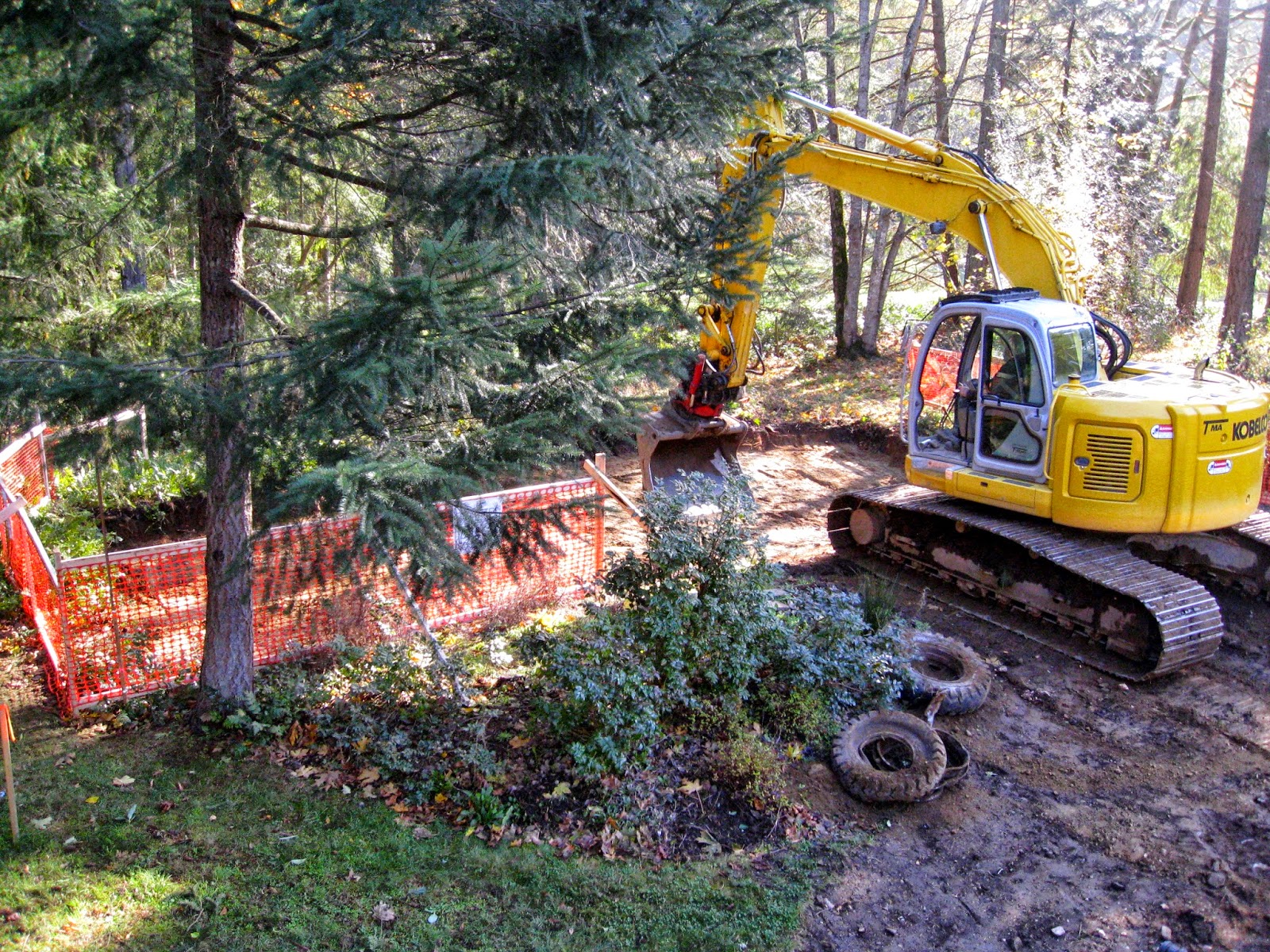SE Asian Hill Tribe embroidered pillows are the latest addition to my Etsy Shop Ravenmade Works
I bought a worn western-styled jacket from a thrift store - that I forgot to take a picture of before I started unpicking it.
It was made from a collection of worn Hill Tribe embroideries pieced together to make the jacket for the tourist market.
I serged all of the raw edges to stabilise them.
Then gave them all a good soak in Oxyclean. No dye came out, I was relieved to see.
Next they were washed.
Then 'polished' to a damp-dry stage with a heavy, super-steam generating iron.
Then the pieces were put in the boiler room to dry quickly.
A short drying time prevents any would-be fugitive dyes from causing any trouble.
The ground fabric, with it's appliqued strips, originally had a stitched resist before being dipped repeatedly into an indigo vat to achieve the deep blue colour.
Before I ironed the pieces it was easy to see how the fabric had been folded and stitched.
The top part of the image shows how a solidly cross-stitched band has been attached to the appliqued indigo fabric.
These pieces of fabric were from different traditional garments made and worn by possibly the Akha Hill Tribe.
I have reworked this beautiful hand embroidery yet again.
The one jacket is now 7 pillows of various sizes.
All are listed in my Etsy Shop Ravenmade Works . Click here to drop by and see them.





















.JPG)

























